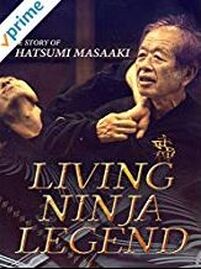About Our Dojo
"This is by far the most legitimate and effective martial art by far, backed up by 900 years of history. The dojo itself has found the correct path towards the grandmaster and has a very family like feeling. I am very grateful to have found this martial art with such a great teacher." - Ethan H., 5 Star Google Review
"What an amazing school. After having been involved in more than 5 different Martial Arts, I don't have to look for anything again, it's all here. Besides the Art itself being amazing and very different, Shane is a great teacher and very helpful. It shows during every class, just how much he loves doing what he does! Besides being a great teacher, he is a friendly, happy, passionate person who takes the time to show you whatever you need shown so you grasp the concept as well as the technique. Going to class is defiantly a high point of my week." - Tony G. , 5 Star Google Review
"What an amazing school. After having been involved in more than 5 different Martial Arts, I don't have to look for anything again, it's all here. Besides the Art itself being amazing and very different, Shane is a great teacher and very helpful. It shows during every class, just how much he loves doing what he does! Besides being a great teacher, he is a friendly, happy, passionate person who takes the time to show you whatever you need shown so you grasp the concept as well as the technique. Going to class is defiantly a high point of my week." - Tony G. , 5 Star Google Review
